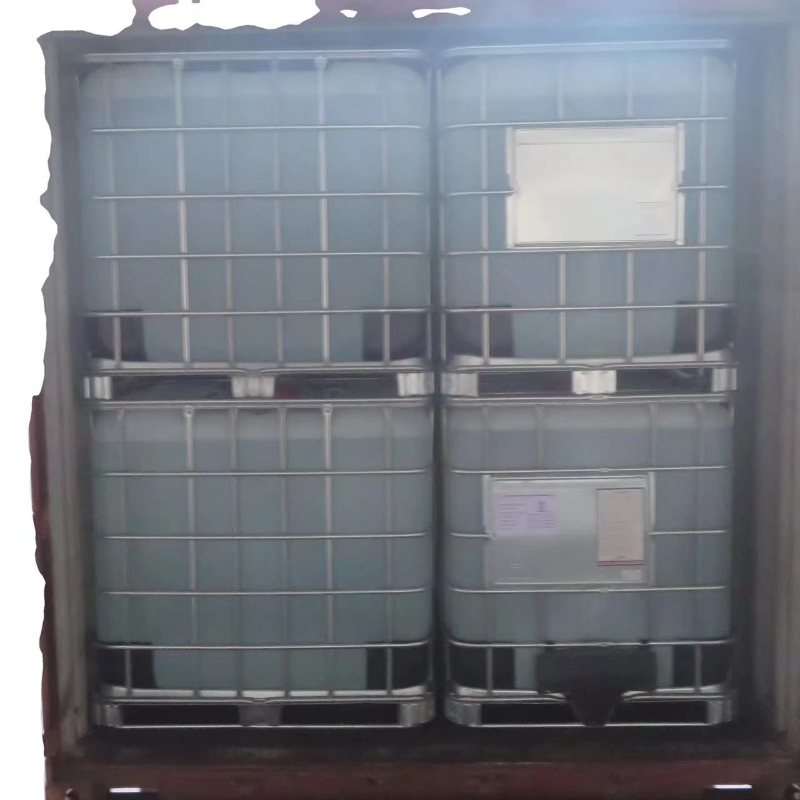-
Categories
-
Pharmaceutical Intermediates
-
Active Pharmaceutical Ingredients
-
Food Additives
- Industrial Coatings
- Agrochemicals
- Dyes and Pigments
- Surfactant
- Flavors and Fragrances
- Chemical Reagents
- Catalyst and Auxiliary
- Natural Products
- Inorganic Chemistry
-
Organic Chemistry
-
Biochemical Engineering
- Analytical Chemistry
- Cosmetic Ingredient
-
Pharmaceutical Intermediates
Promotion
ECHEMI Mall
Wholesale
Weekly Price
Exhibition
News
-
Trade Service
How cells resist virus invasion is still unknown, and determining these mechanisms is important not only to understand the pathogenesis of the virus, but also to develop antiviral therapies.
antiviral factors in cells are at the heart of host cell defense against viruses.
it is especially important to understand how cells protect themselves when faced with viruses that affect global health, such as Ebola virus (EBOV) and new coronavirus (SARS-CoV-2).
, Science magazine published a paper entitled: MHC class II transactivator CIITA induces cell resistance to Ebola virus and SARS-like coronaviruses.
cd74, a cell antiviral protein that fights both Ebola virus and SARS-CoV-2.
different viruses enter cells in a similar way, it is proposed that finding antiviral factors that target the virus to inhibit the entry of viruses into cells will become an effective antiviral strategy.
virus enters the body, it must enter the host cell to replicate.
ebola virus (EBOV) is an envelope virus in which viral particles are internalized through the action of large cells.
Once the virus particles reach the cell, the host tissue protease cleavages the viral glycoprotein, which then fuses with the lysosome membrane, and then the virus genome is released into the cytoste of the host cell for replication.
therefore, tissue protease-mediated lysis is a key step for many envelope viruses (including EBOV) to enter host cells.
similar to EBOV, the coronavirus, including SARS-CoV-2, is also an envelope virus that undergoes a series of entry steps to eventually complete intracellular release.
coronavirus intrusion also requires the transport of inlet virus particles to the host lysosome, and the pyrethroid protein is cracked by tissue proteases to facilitate the fusion of the virus and the host membrane.
, however, unlike EBOV, SARS-CoV-2 also requires transmeral serine protease 2 (TMPRSS2) to activate the virus's prickly protein.
, despite differences in size and shape between EBOV and SARS-CoV-2, they rely on similar protein hydrolysing processes to enter target cells.
The invasion of Ebola virus cells was previously only associated with antigen presenting, and the study published in Science developed a transsorb screening method for human osteosarcoma cell line to determine the mechanism by which CD74 directly inhibits EBOV and SARS-CoV-2 from entering host cells.
Researchers inserted genes in front of or inside genes by transconstation, which enables in-line gene activation and inactivation in a single screening, identification of host factors involved in EBOV infection, infection of these cells with EBOV, and identification of two major "hits", including NPC1, as an essential intracellular subject for an EBOV entry cell.
NPC1 is a cholesterol transporter in lysosomes, which is essential for the fusion of EBOV glycoprotein with lysosome membranes and subsequent genome release.
, the authors found that activation of the main tissue compatible complex (MHC) Class II CIITA of transcription factors inhibited EBOV infection.
CIITA is a nucleotide-binding oligopolymeric domain-like subject (NLR).
Usually, NLRs detect pathogen-associated molecular patterns (pathogen-associated molecular patterns, PAMPs) in cells and trigger in-cell antibacterial signal cascades that induce nuclear translocation of NF-kB and expression of various pro-inflammatory cytokines.
NLRs, CIITA as a transcription factor mainly promotes the expression of other genes, but also as the main regulatory factor of MHC gene expression.
MHC transmits peptides from in-cell (MHC Class I) or extracellular (MHC II) proteins to adaptive immune cells.
confirmed that CD74 is a host factor controlled by CIITA that inhibits EBOV from entering the cell.
CD74, commonly known as unchanging chain or Ii, is found in immune cell populations and is associated with Class II MHC.
it is located on the endosome retina to facilitate the transfer of Class II MHC from the endosome mesh to small bubbles fused with the late nucleosome to reach the cell surface.
CD74 can also block the peptide binding groove, so that MHC molecules can not bind to peptides before transport.
, without CD74, Class II MHC cannot be properly transported and the antigen delivery will be impaired.
other studies have shown that CD74's thyroid globulin domain is necessary for its antiviral activity.
this area inhibits tissue proteases.
CD74 has four isomer, but only two isomer, p41 and p43, have thyroid globulin domains.
authors have shown that the p41 subtype has CD74 anti-EBOV intrusion and inhibits the antiviral activity of SARS-CoV-2 fusion with membranes, and this study shows that CD74 has extensive antiviral activity against many viruses that rely on tissue proteases to enter cells.
different viruses may enter cells in the same way, CD74's findings suggest a common strategy for suppressing different viruses.
findings suggest that molecules involved in antigen delivery may also have direct antiviral activity, while other functionally explicit factors may have other roles in antiviral immunity.
CIITA activates antiviral factors and suppresses a variety of viruses, such as type 2 human T-cell leukemia virus (HTLV-2).
in the process of HTLV-2 infection, CIITA's role is more direct, can inhibit the virus TAX2, thereby promoting the transcription of the virus genome, directly inhibit HTLV-2 replication.
Some viruses have evolved mechanisms to suppress this effect, such as epstein-Barr virus (EBV), a cancer-causing DNA virus that encodes Zta, a protein that directly inhibits CIITA and causes class II MHC molecules to be lowered, which may help EBOV escape immune system recognition.
finding host factors for targeted treatment can limit replication of viral families and may be an effective way to combat viral infections.
, however, the treatment effect of viruses entering inhibitors may be most effective before symptoms or progression of the course of the disease, where virus particles have entered the cells and begun to replicate effectively.
.







